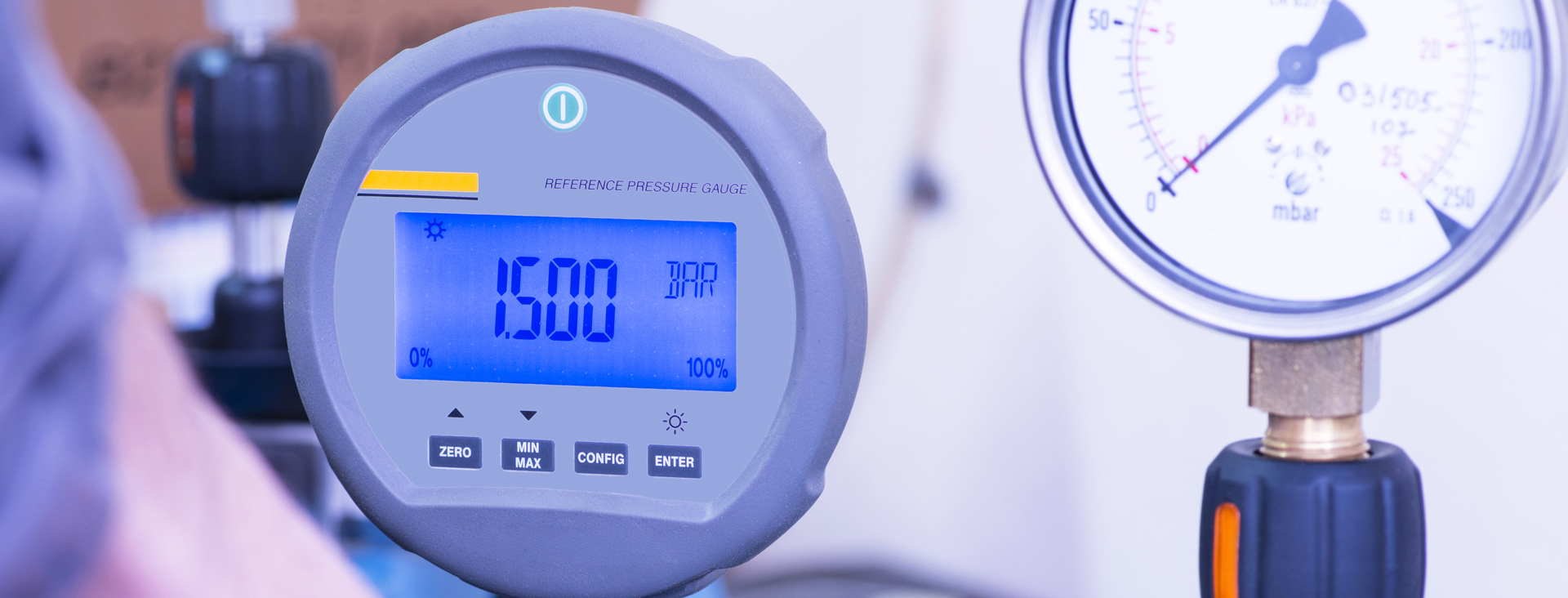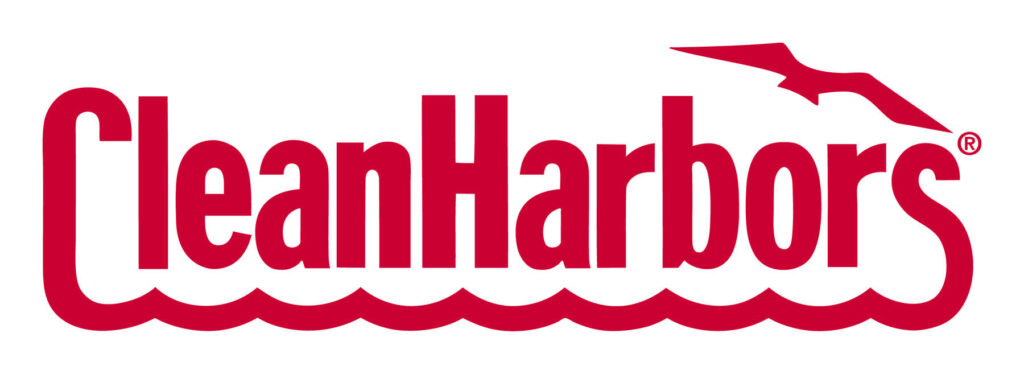Top 8 failures in pumps, we can fix them all
Need help with a faulty industrial water pump? We explore the top 5 failures in water pump systems. We have the expertise to diagnose and repair the major faults that plague pumps.
request quoteNeed help with a faulty industrial water pump? We explore the top 5 failures in water pump systems. We have the expertise to diagnose and repair the major faults that plague pumps.
request quote

Neglecting the diagnosis and rectification of critical issues affecting pumps can have disastrous consequences. In various industries, ranging from paper mills to water treatment facilities, the failure of a single pump can result in the complete shutdown of production processes.
It’s crucial to keep pumps healthy, but to do that you need to answer one important question: why do pumps fail? These 5 things account for over 60% of pump failures
The typical occurrence of leakages often transpires at the interface between the two seal faces, although there are instances when leakages can emanate from the secondary sealing area. The reasons behind mechanical seal leakage are diverse and encompass factors like dry running, thermal distortion, and misalignment of seal rings, among others.
Instances of such failures arise from the usage of inadequately chosen pumps concerning the particular process, industrial application, or operational parameters. Therefore, the utmost importance lies in selecting the appropriate pump tailored precisely to suit your specific application requirements.
The predominant cause behind bearing failures is improper lubrication, accounting for approximately 80% of such incidents, leading to overheating. Furthermore, other contributing factors encompass improper bearing selection, overloading, fatigue, and a myriad of additional factors.
Similar to other failures, impeller wear and tear can be attributed to various reasons. Foremost among them is erosion, although inadequate pump sizing also plays a significant role, potentially leading to pressure imbalances.
The most prevalent occurrences of coupling failures stem from the following factors: misalignment, overloading, unusual environmental influences, torsional vibration, and improper lubrication.
Electrical problems such as voltage surges or power outages can damage a pump and cause it to fail. Many protective devices can safeguard the pumps from this, but sudden surges can still cause the pump failure.
Cavitation is a condition where air pockets are formed in the liquid being pumped. This can damage the pump and eventually lead to failure.
Excessive vibration can damage the internal parts and lead to pump failure. These vibrations are caused generally due to alignment issues, inherent installation issues or even overuse of pumps.
Instantaneous pump failures are easy to detect. However, pumps start showing particular symptoms over time, leading to pump failure. You must know these symptoms to act on time to save the pump.
No engineer would want an operational pump to fail. It will only lead to process disruption and possible loss in revenue. Hence you must try and avoid pump failure as much as possible. Following are the ten ways to mitigate pump failure:
Do you have questions about your industrial water pump? Would you like an in-depth service or repair completed on your pump?
Our sales & technical teams are ready to answer any questions regarding our re-manufactured machinery.
Contact SalesOur technicians are factory certified to perform repairs in our shop, or in the field.
Request a serviceBlowvac Systems is an authorised distributor for the following brands
Hibon, IR, Robuschi, Becker, Sigma Dynamic Transfer Case, Paragon, SuperVac trucks, Solberg Silencers, Stoddard Silencers, NVE Pumps, Namco Transfer Case, Mac Equipment, Ro-Flo Compressors, Dynablast Burners, Pratissoli Pumps, American Industrial Heat Transfer













Enquiries: +1 (905) 672-5200
WorkShop: +1 (905) 672-5206
Email: info@blowvacsystems.com
6096 Shawson Dr
Mississauga, ON L5T 1E6
Canada